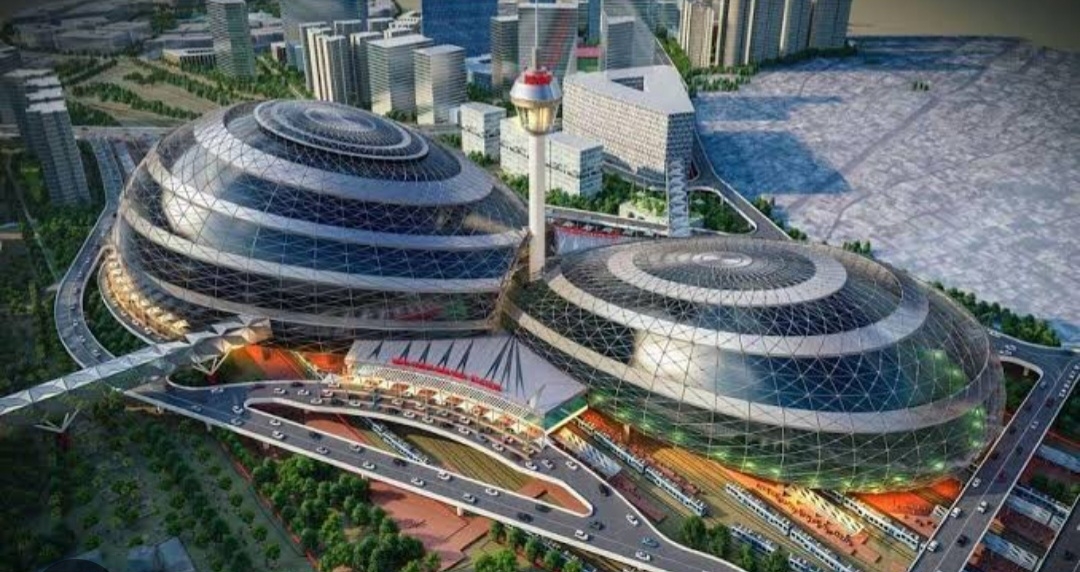Restructuring of India Railway: A Historic Reform
The Indian Railways, the country’s largest employer and transporter, is heading for a major restructuring plan that could lead to the closure of some establishments, merger of some organisations and private participation in some services. The plan aims to modernise and improve the efficiency, safety and speed of the railway system, which has a proposed investment of Rs. 50 lakh crore over the next years.
Unification of Services:
One of the key reforms approved by the Union Cabinet in December 2019 is the unification of the existing eight Group A services of the Railways into a central service called the Indian Railway Management Service (IRMS). The eight services are:
Indian Railway Traffic Service (IRTS)
Indian Railway Accounts Service (IRAS)
Indian Railway Personnel Service (IRPS)
Indian Railway Service of Engineers (IRSE)
Indian Railway Service of Electrical Engineers (IRSEE)
Indian Railway Service of Mechanical Engineers (IRSME)
Indian Railway Service of Signal Engineers (IRSSE)
Indian Railway Stores Service (IRSS)
The unification of services will end ‘departmentalism’, promote smooth working of Railways, expedite decision making, create a coherent vision for organisation and promote rational decision making.
The existing service of Indian Railway Medical Service (IRMS) will be consequently renamed as Indian Railway Health Service (IRHS).
The modalities and unification of the services will be worked out in consultation with DoPT and the approval of Alternate Mechanism appointed by Cabinet in order to ensure fairness and transparency.
Reorganisation of Railway Board
Another major reform is the reorganisation of Railway Board on functional lines headed by Chairman Railway Board (CRB) who will be the Chief Executive Officer (CEO) with four Members and some Independent Members.
The four Members will be:
● Member Infrastructure who will look after policy matters relating to infrastructure including PPPs, land and station development
● Member Operations & Business Development who will look after policy matters relating to Passenger and Freight revenue including train operations.
●Member Rolling Stock who will look after policy matters relating to all kinds of coaching and freight vehicles.
● Member Finance who will continue to look after Finance and Accounts matters
The Independent
Members will be experts from various fields like Industry, Finance, Economics and Management. They will bring in new ideas and perspectives to improve the functioning and performance of Railways.
The reorganisation of Railway Board will no longer be organised on departmental lines, and replaced with a leaner structure organised on functional lines. This will facilitate faster decision making, accountability, efficiency and better coordination.
Rationalisation of Government Bodies
The restructuring plan also calls for rationalisation of various government bodies under the Ministry of Railways. This includes winding up or merging some organisations that have similar functions or are no longer relevant. Some of the recommendations are:
Winding up the Central Organisation for Railway Electrification (CORE), which is responsible for electrification of railway lines, and transferring its functions to Zonal Railways
Winding up the Central Organisation for Modernisation Of Workshops (COFMOW), which is responsible for procurement and supply of modern machinery and plants for railway workshops, and transferring its functions to Zonal Railways
Winding up the Centre for Railway Information Systems (CRIS), which is responsible for developing software applications for railway operations, and handing over its work to the Indian Railway Catering and Tourism Corporation (IRCTC), which is responsible for online ticketing, catering and tourism services
Merging RailTel, which is responsible for providing telecom infrastructure and broadband services along railway tracks, with IRCTC .
Merging Rail Vikas Nigam Limited (RVNL), which is responsible for implementing projects relating to creation and augmentation of railway infrastructure, with Indian Railway Construction Limited (IRCON), which is a specialised infrastructure construction organisation
Merging railway schools with Kendriya Vidyalayas or handing them over to the respective State Governments since operating them takes up a large amount of time of the railway management whose core competence is in running and maintaining the railway service.
Allowing private participation in running of railway hospitals since they are not core activities of railways. These rationalisation measures are expected to reduce duplication, enhance efficiency, optimise resources and improve governance.
Conclusion
The restructuring of India Railway is a historic reform that will go a long way in achieving Government’s vision of making Indian Railways the growth engine of India’s vikas yatra. The reform has been undertaken with overwhelming support and consensus of Railway officers, at a two-day conference “Parivartan Sangoshthi” held on 7th & 8th December, 2019. The reform will also align with the global best practices and standards in railway management and operations.








0 Comments